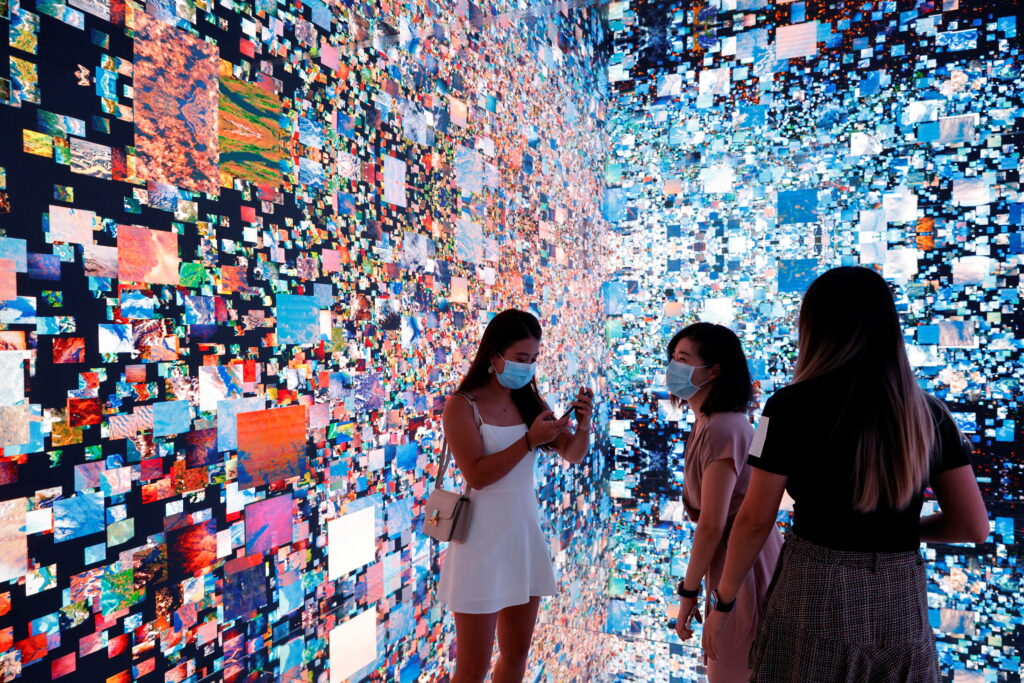Visual effects play a crucial role in creating immersive gaming environments that feel like real living worlds. The process starts with research and planning, where designers and programmers decide on a look for the world. Concept art is then created using a combination of 2D and 3D software to give an idea of the final game’s look. Next, designers build the world using terrain generation software, adding vegetation, rocks, and natural elements. Characters and objects are then created, with lifelike animations and physics simulation. Finally, special effects like particle systems, dynamic lighting, and volumetric fog bring the game world to life, creating a satisfying and immersive gaming experience.
Building Worlds from Scratch: The Visual Effects that Create Immersive Gaming Environments
Introduction
Gaming has come a long way since its humble beginnings. What was once nothing more than 8-bit graphics and simple gameplay has transformed into a multi-billion dollar industry that has captivated audiences around the world. One of the most important elements of modern gaming is the creation of immersive environments that feel like real, living worlds. This is where visual effects play a crucial role. In this article, we’ll explore the process of building gaming worlds from scratch, highlighting the key visual effects that make them come alive.
Research and Planning
Every gaming world starts with research and planning. Before designers and programmers can create an immersive world, they must first decide what that world should look like. The initial planning stage typically involves researching real-world environments and deciding how they can be adapted to fit within a game. This may involve studying the geography, climate, and culture of a particular area and deciding how those elements can be incorporated into the game.
Once the research is done, designers will create concept art that gives a rough idea of how the environment will look. This is where visual effects start to come into play. Designers will use a combination of 2D and 3D software to create concept art that includes lighting, textures, and realistic environmental effects like rain or fog. This helps to give stakeholders an idea of what the final game will look like.
Building the World
Once the planning and concept art stages are complete, it’s time to start building the world. This is where designers and developers really begin to use visual effects to create immersive environments. The first step in building a world is to create the basic environment. This involves creating the terrain, vegetation, and other natural features that will populate the game environment.
To do this, designers and developers use terrain generation software that allows them to build realistic environments with complex features like mountains, valleys, and cliffs. Once the terrain is complete, designers and developers can begin to populate the environment with vegetation, rocks, and other natural elements. Visual effects like realistic lighting, dynamic water, and dynamic weather conditions like rain or snow can all be used to create a more immersive world.
Creating Characters and Objects
After the world has been built, it’s time to start adding characters and objects. This is where visual effects really start to shine. Designers and developers will use a combination of 2D and 3D software to create lifelike characters and objects that fit within the game world. Textures, lighting, and advanced physics simulation can all be used to create characters and objects that look and feel realistic.
One of the most important aspects of creating characters is designing their movements. This is where motion capture comes into play. Actors will wear motion capture suits that record their movements, which are then used to create lifelike animations for the game’s characters. This helps to create a more immersive experience for players, as the characters move and behave in a more realistic way.
Special Effects
Special effects are the icing on the cake when it comes to building immersive gaming environments. Visual effects like particle systems, dynamic lighting, and volumetric fog can all be used to create stunning visuals that help to bring the game world to life.
Particle systems are particularly useful when it comes to creating explosions or other effects. These systems allow designers to create realistic simulations of smoke, fire, and other elements that make the game world feel more realistic. Dynamic lighting can be used to create realistic shadows and highlight different areas of the environment, while volumetric fog can be used to create a sense of depth and atmosphere.
Conclusion
Building immersive gaming environments is a complex and time-consuming process. But when done well, it can transport players to another world entirely. The use of visual effects is crucial in creating these worlds, from the initial concept art stage to the final special effects. By using a combination of 2D and 3D software, motion capture, and advanced physics simulation, designers and developers can create lifelike characters, environments, and special effects that make gaming worlds feel like real, living places.
